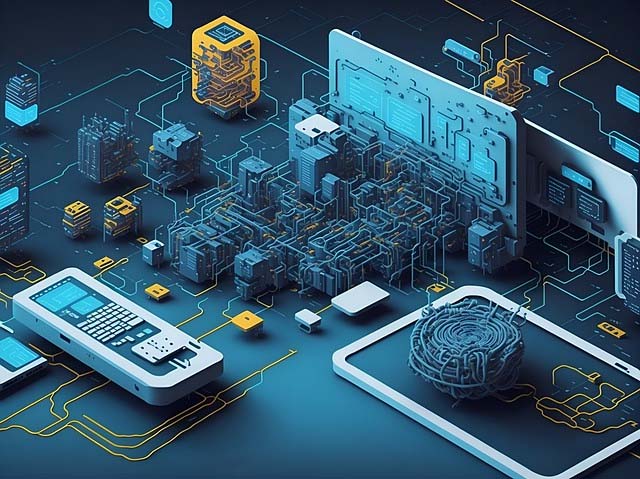Edge computing gateways are a key technology that can help push computing resources and data storage to the IoT edge, providing faster response times and higher reliability. Edge computing gateways are made up of many different components, each playing an important role. This article will introduce the necessary components of an edge computing gateway and their role.

1. Hardware equipment
The hardware devices of edge computing gateways are its foundation, including processors, memory, storage devices, network interfaces, etc. These hardware devices need to be able to support the requirements of edge computing applications, such as low latency, high bandwidth, large-scale sensor data processing, etc. At the same time, the reliability and stability of hardware devices are also key to edge computing gateways.
2. Operating system
The operating system is the core software environment of the Edge-Computing-Gateway. It needs to provide a stable operating environment and rich functional support. Common edge computing gateway operating systems include Linux, Windows, etc., which provide a wealth of development tools and application program interfaces to support the development and deployment of various edge computing applications.
3. Internet connection
Edge computing gateways need to be able to communicate with IoT devices and cloud servers, so network connectivity is one of its important components. Edge computing gateways usually need to support wired and wireless network connections, such as Ethernet, Wi-Fi, cellular networks, etc., to meet the communication needs of different application scenarios.

4. Security module
The edge computing gateway must ensure the security of edge devices and data, so the security module is an indispensable component. The security module includes identity authentication, data encryption, secure connection and other functions to ensure the security and privacy protection of the edge computing gateway.
5. Data processing and analysis
Data processing and analysis is one of the core functions of edge computing gateways, which need to be able to process and analyze sensor data and device data in real time. Therefore, edge computing gateways usually need to have high-performance data processing capabilities and rich data analysis algorithms.
6. Runtime environment
The runtime environment is the software infrastructure of the edge computing gateway, which needs to provide the running environment and management functions of the application. Common edge computing gateway runtime environments include Docker, Kubernetes, etc., which provide virtualization and containerization technologies to achieve isolation and management of edge computing applications.
7. Edge computing application interface Edge computing gateways usually need to provide rich application programming interfaces so that developers can quickly develop and deploy edge computing applications. These interfaces include sensor interfaces, device interfaces, communication interfaces, etc., to meet the access requirements in different application scenarios.
The above are the necessary components and functions of the edge computing gateway. Together, they constitute the technical foundation and key characteristics of the edge computing gateway. By understanding these components and their functions, readers can better understand the key features and application scenarios of edge computing gateways, so as to better select and use edge computing gateway technology.